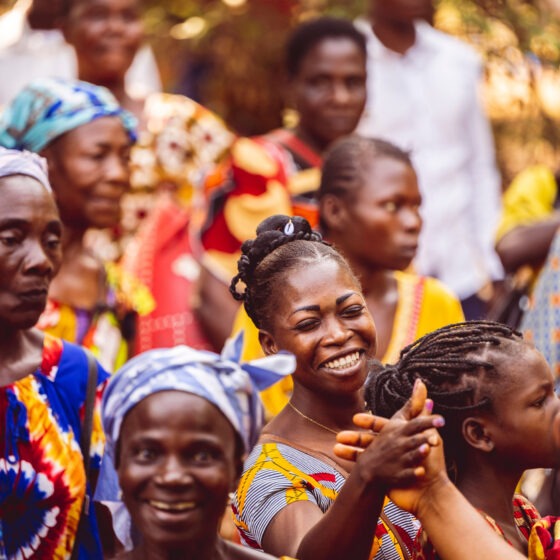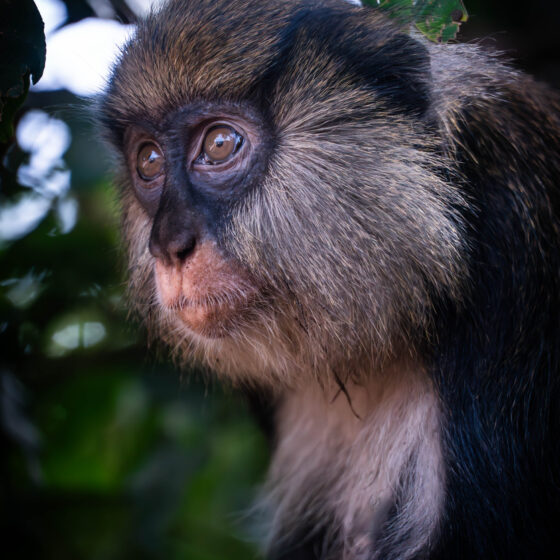Sustainable Belize
Restore and Protect Coasts and Forest Habitats. Link to Regenerative Agriculture. Create Sustainable Ecosystems and Economies.
Summary
Belize, located on the Caribbean coast of Central America, has more than 80 ecosystem types and nearly 100 habitats mapped. These range from lowland broad-leaved dry forests to lowland savannas; mangroves, wetlands, and seagrasses; and agriculture, silviculture, and mariculture classes.
Tourism and recreation (e.g., coral reef diving expeditions, relaxing at coasts lined with mangroves, and sports fishing) contributes to nearly a quarter of Belize’s GDP and is critical to trade balance and foreign exchange (FOREX). Agriculture is the second-most important economic sector and employs 18% of the Belizean population. An estimated four percent (4%) of GDP is lost due to the increased frequency and intensity of climate-related effects, such as hurricanes, droughts, and floods, that devastate coastlines and crops.
In 2018, 52% of Belizeans were living in poverty. The COVID-19 pandemic further contributed to poor economic conditions as illness spread and tourism dropped.
Situation
- Although Belize has more than 80 unique ecosystems, the land is facing incursions that are destroying diverse habitats. Despite 90% of the nation still forested, habitats are in danger.
- Encountering major challenges (e.g., poverty, high unemployment, hurricane damage, depleted land, climate change impact).
- World’s second-largest reef is threatened by the loss of protective mangroves on the coast and around islands.
Solutions
The initial project is to create a pattern for the future that goes on a national scale.
- Replant 4,500 hectares of coastal mangrove forests alongside a 50-meter minimum riparian forest buffer on the land (1500 hectares) to minimize storm damage, protect reefs, restore fisheries, preserve the coastline and its islands.
- Develop multispecies forest management system to support sustainable wood stocks, including mahogany. Structure to provide a development buffer to local wild habitats.
- Activate comprehensive monitoring and reporting for 300,000 hectares of private and publicly protected forests of Belize (25%).
- Replant 10,000 hectares of protected forest land.
- Introduce regenerative agriculture, starting with around 1,000 hectares of 200 farmers. Special attention will be given to agroforestry and permaculture, increasing tree cover and reducing soil erosion.
- 4,500 hectares of mangrove forests restored
- 10,000 hectares of habitat restored
- 1,500 hectares of coastal forests restored
- Agroforestry introduced for 200 families covering 1000 ha.
- 300,000 hectares of protected areas (25% of existing areas) receive monitoring and support
- Government agencies and communities receive funding exceeding US $1 million per year for carbon leases based on the reforestation completed in their areas
- More than 500 jobs created
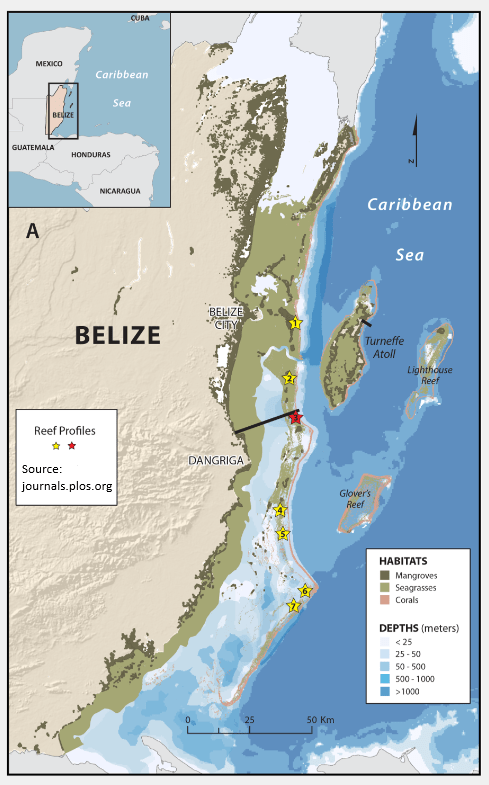

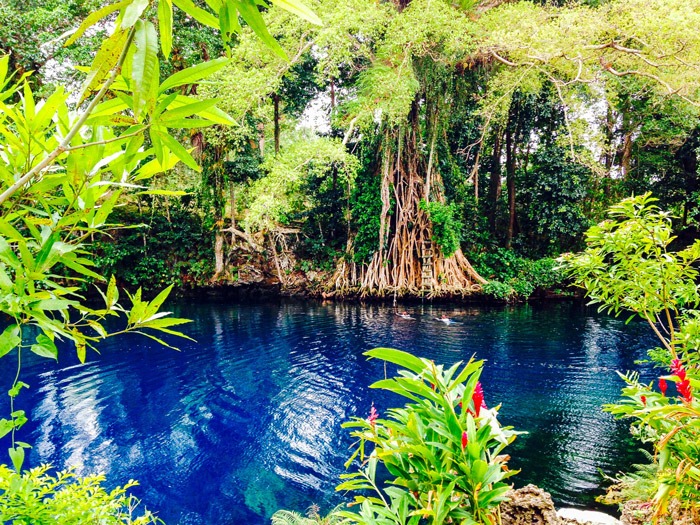
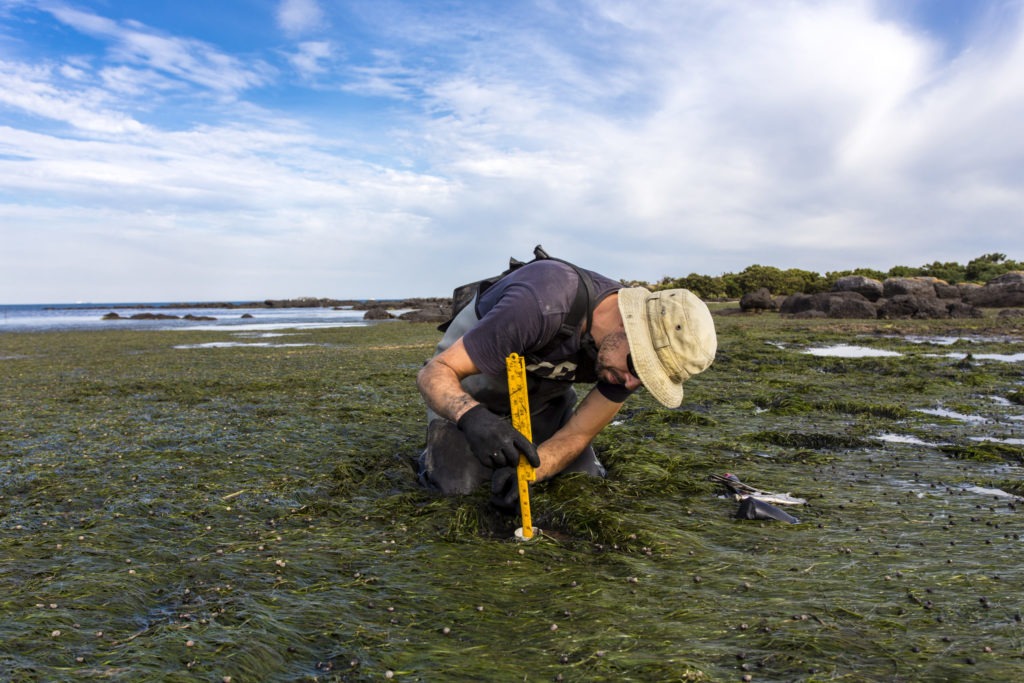
Blue Carbon
This scientist is collecting a sediment core to assess carbon sequestration rates in the sediment of a tidal seagrass bed.
Coastal wetlands of tidal marshes, seagrass meadows, and mangrove forests form some of the world’s most productive ecosystems, sequestering carbon at an estimated annual rate ten times greater than mature tropical forests. Studies suggest these wetlands also store three to five times more carbon per equivalent area than tropical forests. The soil stores most of the blue carbon, not the plant material above-ground. When these essential ecosystems are damaged, their carbon sink capacity is diminished or lost and CO2 is released back into the atmosphere.
Read More: TerrazoneSustainable Côte d’Ivoire
Sustainable Restoration
Summary
The landscape restoration project in Cote d’Ivoire aims to restore a severely degraded natural forest and rapidly depleting mangroves, while engaging their surrounding communities, utilizing agroforestry, timber, and sustainable fuel initiatives to provide food, fuel, and income for local communities.
Situation
- Cote d’Ivoire is a leading exporter of agricultural products, particularly from agroforestry, as the world’s leading producer of cocoa and cashews.
- The nation aims to restore 20% forest cover by 2030, aligning with environmental and climate goals.
- Numerous projects have advanced sustainable farming practices and stakeholder awareness.
Solutions
We will work with partners to:
- Develop a detailed design that considers the ecological context, engages communities, and addresses the causes of ongoing deforestation.
- Restore a 90% degraded natural forest using agroforestry, timber, and sustainable fuel.
- Engage the community in food, fuel, and income generation.
- Restore and protect coastal mangroves crucial for fish nurseries, erosion control, and agricultural stability.
Projected Outcomes
- 50 million trees (48 million planted and 2 million protected)
- 48,000 hectares restored
- 45 million tons of CO2 sequestered over 50 years
- Involvement of 2,500 families in agroforestry
- Creation of 2,200 nursery jobs and capacity for large-scale restoration projects
- Engagement of communities in tree care, income generation through rent, and carbon credits
- Contribution towards the country’s Nationally Determined Contributions to UNFCCC climate goals
- Total area attributed of 2 million hectares, to allow expansion

Fast fact: The Ivory Coast, or Côte d’Ivoire, a vibrant coastal country in sub-Saharan Africa with a population of nearly 30 million people. Nestled on West Africa’s enchanting southern coast, this land is celebrated for its rich history and natural wonders. Its name reflects a storied past and cultural diversity, showcased through colorful festivals, delectable cuisine, and breathtaking landscapes. Côte d’Ivoire thrives on national pride and boasts a burgeoning economy. Embracing sustainable development, the country is making significant strides across various industries, paving the way for a promising future.
Project Pipeline (Partial List)
Reviving Degraded Lands for Community Resilience
Our projects cover a wide range of environments, from tropical to temperate, coastlines to highlands, mining lands to national parks, and regenerative agriculture to coral reefs, and they range across all economic levels.
Our company is proud to participate in Initiative 20×20. We stand alongside other partners who have created more than 100 land restoration and forest conservation projects in Latin America and the Caribbean.
Our partial list of projects in the pipeline includes:
- Indonesia: Recovery of mining lands and mangroves
- Malawi: Regenerative agriculture and protection of national parks
- Nigeria: Restoration of forests and mangroves
- Philippines: Recovery of bamboo and mangrove forests
- USA: Restoration of mining lands in a mountainous area
- Zambia: Restoration and protection of parks in multiple nations
We invite you to contact Spades with your large-scale reforestation development project. Let’s discuss how Ecofit biotech, available only at Spades, helps take the guesswork out of tree growing success. Ecofit has been laboratory tested across over 400 species in 30 ecosystems globally – from deserts to tropical rain forests to dry savannahs and highlands.
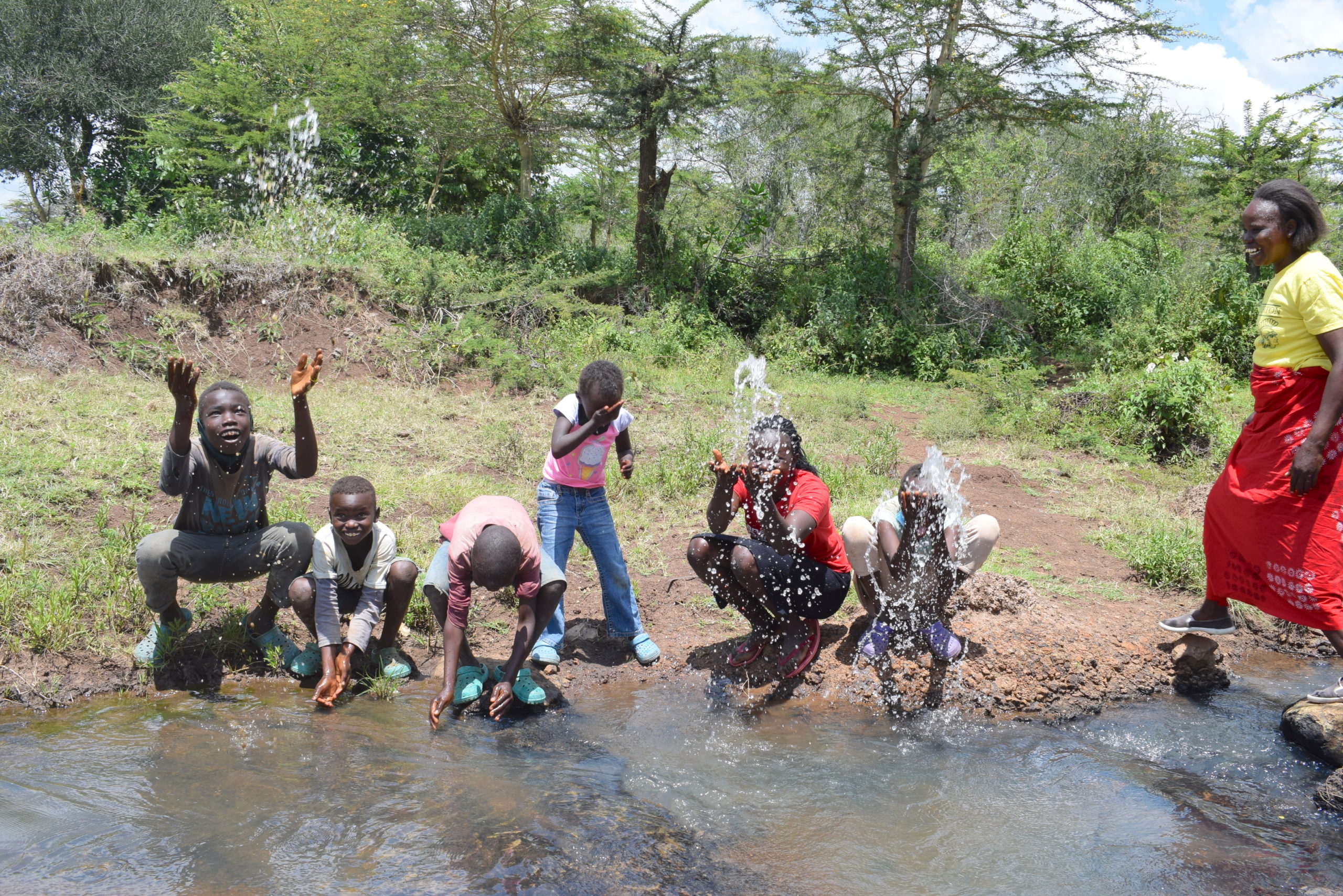
FMNR Restores River
Children enjoy the fresh water from a meandering river flowing through their land that was revived as a result of the increased tree cover in the area, thanks to the Farmer Managed Natural Regeneration (FMNR) approach in Mogotio, Baringo County, Kenya. Source: World Vision.


